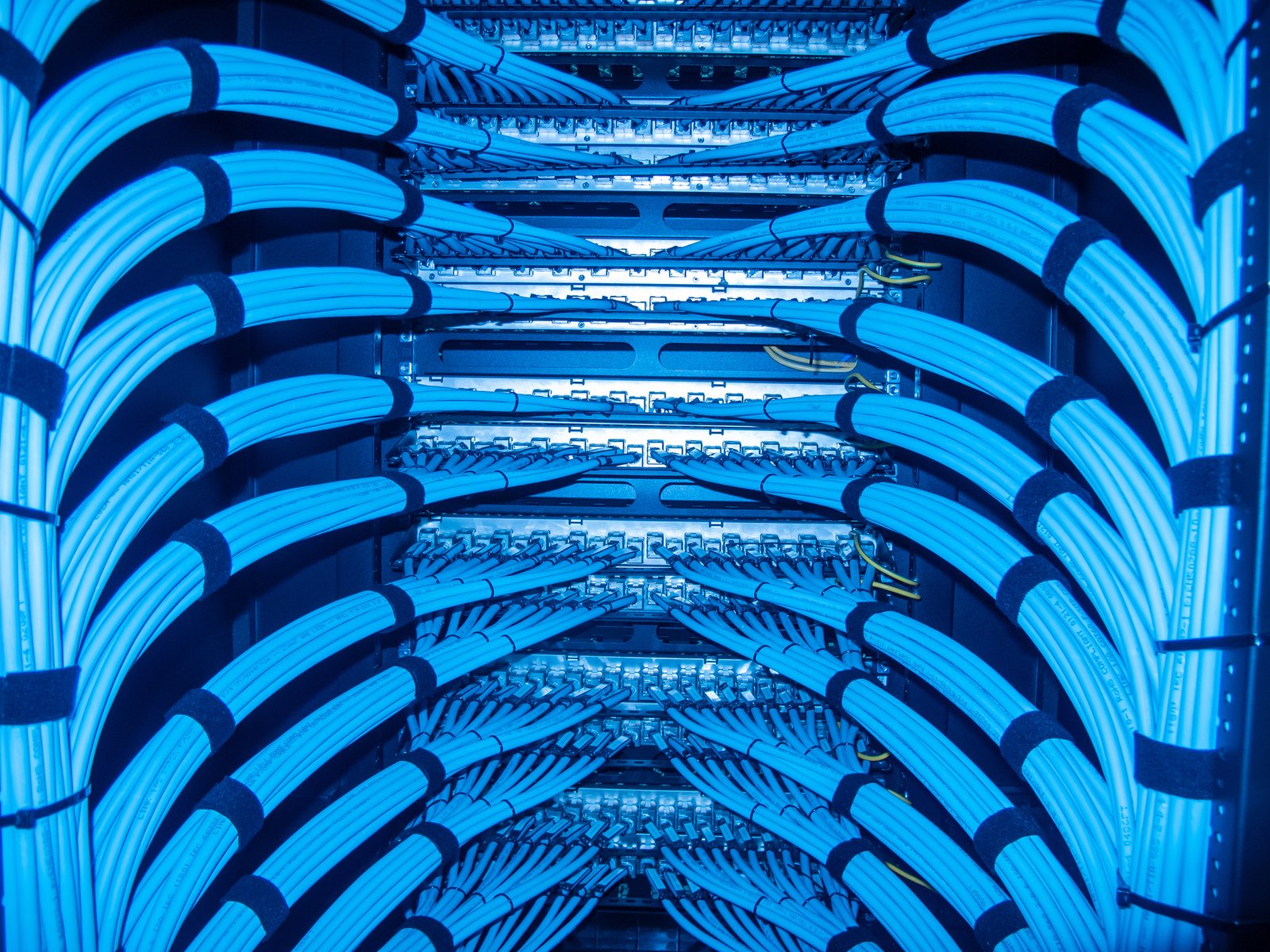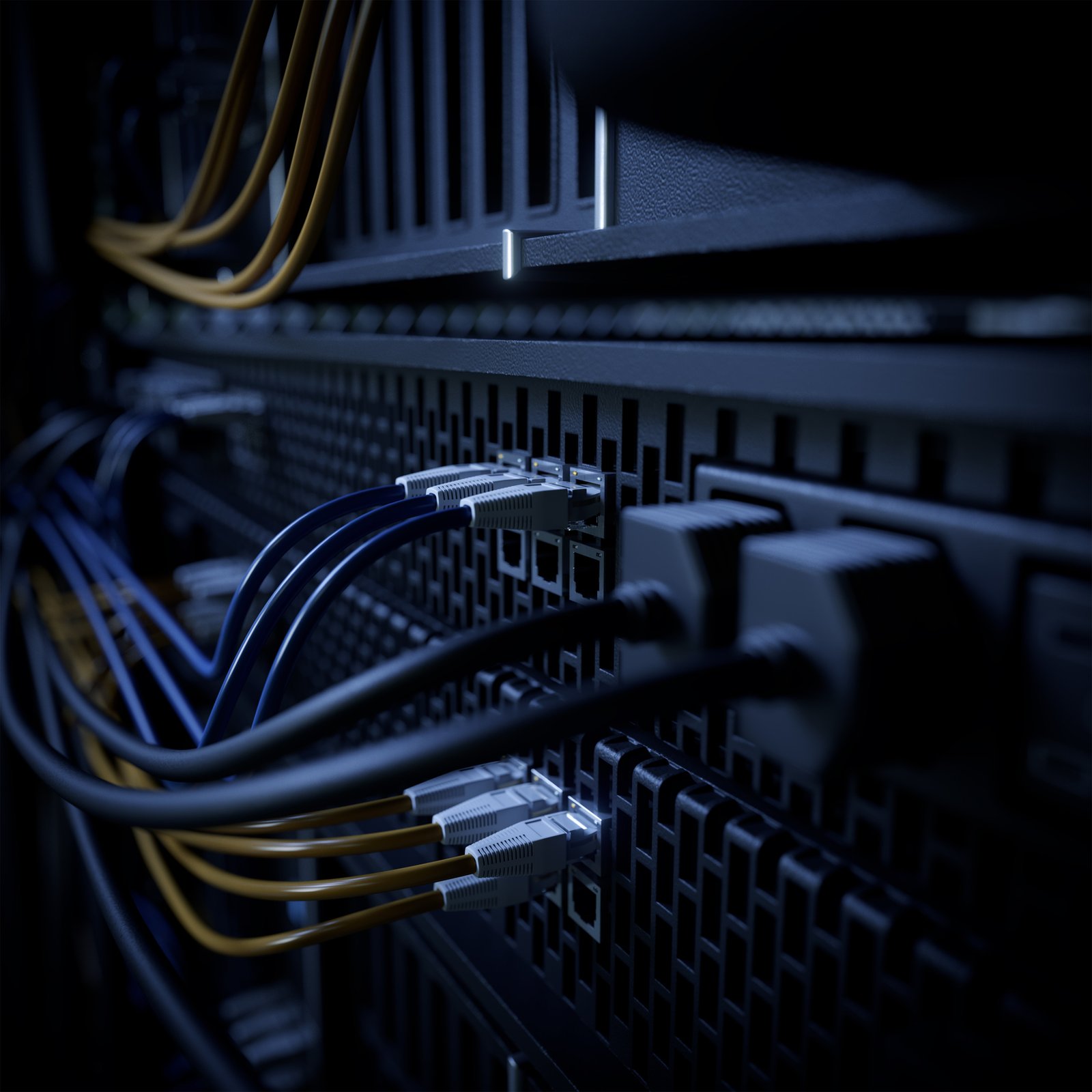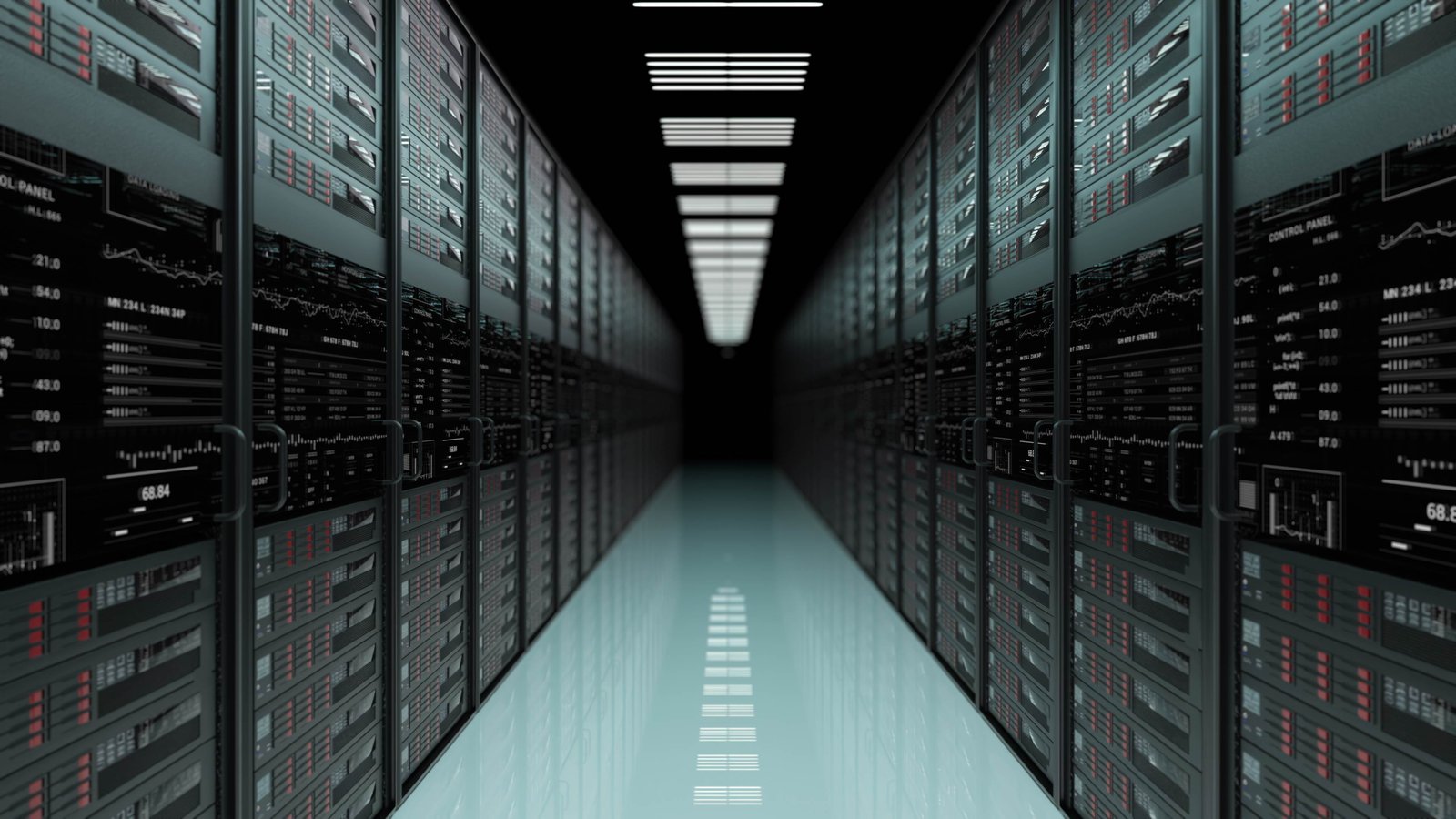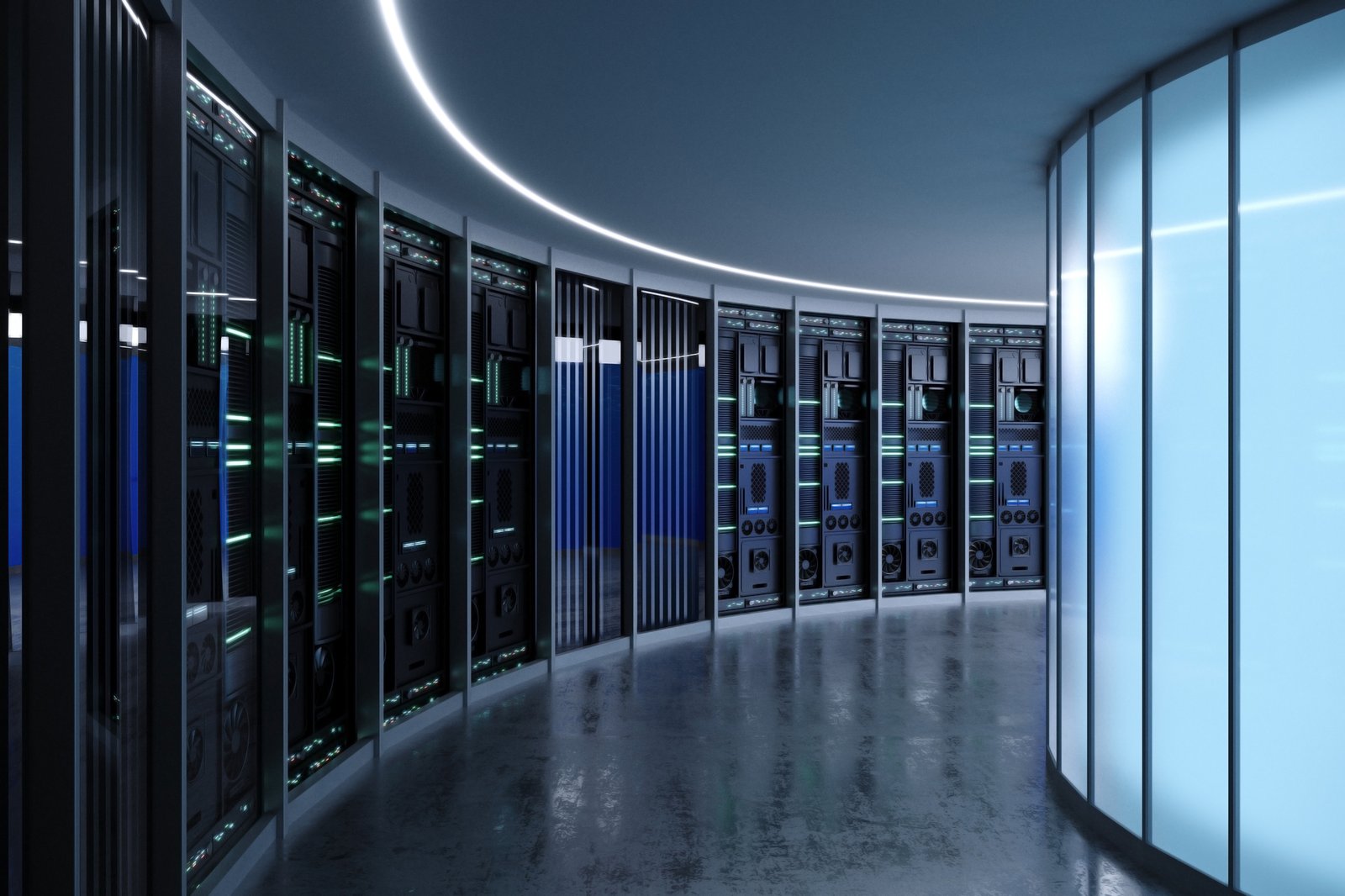When it comes to extreme weather and data centers you might expect to look to the sky for signs of threatening storm clouds and the damaging winds, rain and flooding that can pose a risk to infrastructure.
While hurricanes, tornadoes and other high-profile natural disasters certainly affect data centers and their ability to maintain operations, the truth this summer is that even on crystal clear days extreme weather is affecting data centers as a heat wave washes across the globe.
“Around the globe in summer 2022, wave after wave of heat crested and broke. Heat waves, particularly in Europe and Asia, caused thousands of heat-related deaths. On July 19, the U.K. had its hottest day ever recorded as temperatures topped 104°,” said NASA’s Earth Observatory. “In the U.S., the heat was pervasive and persistent as atmospheric high-pressure systems established stagnant heat domes, which placed more than 150 million people under heat warnings and advisories.”
Extreme Heat is a Stress Test for Data Centers
This extreme heat does not only take a human toll, but is a stress test for data centers around the globe.
“Extreme heat stresses cooling systems by making components, such as compressors, pumps, and fans, work harder than usual, which increases the likelihood of failures,” said the Uptime Institute. “Failures happen not only because of increased wear on the cooling equipment, but also due to lack of maintenance which includes regular cleaning of heat exchange coils. Most susceptible are air-cooled mechanical compressors in direct-expansion (DX) units and water chillers without economizers.”
Data centers also must be concerned about external variables in extreme weather.
“Cooling is not the only component at risk of exposure to extreme heat. Any external power equipment, such as backup power generators, is also susceptible. If a utility grid falters amid extreme temperature and the generator needs to take the load, it may not be able to deliver full nameplate power and it may even shut down to avoid damage from overheating,” said the Uptime Institute.
Interconnected World: Weather in One Region Can Affect Others Far Away
Extreme heat in one part of the world can affect customers in other regions.
“When record temperatures wracked the U.K. in late July, Google Cloud’s data centers in London went offline for a day, due to cooling failures. The impact wasn’t limited to those near the center: That particular location services in the U.S. and Pacific region, with outages limiting their access to key Google services for hours,” reported Wired.
Google’s data centers in London were not the only infrastructure affected by the bad weather.
“Oracle’s cloud-based data center in the capital was also struck down by the heat, causing outages for U.S. customers. Oracle blamed “unseasonal temperatures” for the blackout,” reported Wired.
Extreme Weather Affects Nearly Half of U.S. Data Centers
The problem obviously is not limited to Europe as the Uptime Institute has reported that extreme weather affects nearly half of U.S. data centers.
“Recent extreme weather-related events in the U.S. (the big freeze in Texas, fires on the west coast) have once again highlighted the need for data center operators to reassess their risks in the face of climate change,” said Andy Lawrence, Executive Director of the Uptime Institute in 2021.
Extreme weather is not new and data centers are built with weather-related events in mind, but the pace and severity of extreme weather recently is the challenge.
“Data centers are designed and built to withstand bad weather. But extreme weather is becoming more common, and it can trigger all kinds of unforeseen problems – especially for utilities and support services,” said Lawrence.
In an Uptime Intelligence survey, almost half (45 percent) of respondents said they had experienced an extreme weather event that threatened their continuous operation.
Data Centers Bracing for More Extreme Weather to Come
The World Meteorological Organization (WMO) says there is a 93 percent chance that between now and 2026 will be the hottest on record for the planet.
More extreme weather will mean higher costs for data centers to prepare and respond to events.
“The industry — and that means investors, designers, insurers, operators and other contractors — is now braced for more challenging conditions and higher costs in the years ahead,” wrote Lawrence.
The Uptime Institute found that:
- 59 percent survey think there will be more IT service outages as a direct result of the impact of climate change
- 86 percent think that climate change and weather-related events will drive up the cost of data center infrastructure and operations over the next 10 years
Any Data Centers Outages are Costly for Organizations
Even a single outage can have catastrophic consequences on business.
“While these outages can occur for a range of reasons both natural and man-made, the cost to the enterprise is clear. If business-critical systems fall victim to downtime, organizations face potentially huge losses in revenue, productivity, customer trust, public opinion and more,” said tier III data center provider DC Blox.
Statista reported in 2019 that organizations were just as likely to have experienced 11 to 15 unplanned outages in the past 12 months than to have experienced no unplanned outages. Of the 1,575 senior business and IT business makers surveyed, 30 percent had experienced 5 or more unplanned outages in the time frame:
- No Outages: 6 percent
- 1 Outage: 12 percent
- 2 Outages: 20 percent
- 3 Outages: 18 percent
- 4 Outages: 13 percent
- 5 to 10 Outages: 19 percent
- 11 to 15 Outages: 6 percent
- 16+ Outages: 5 percent
Frequent Outages, Brownouts lead to 16x Higher Costs
A LogicMonitor study of 300 IT decision makers backed up that data, finding that 96 percent of enterprises face costly IT outages.
“IT availability has become one of the business world’s most valuable commodities, but also the most difficult to maintain. Organizations today are increasingly dependent on the availability of their IT infrastructure,” said Gadi Oren, Vice President of Technology Evangelism of LogicMonitor. “A single IT outage can have huge negative business impacts including lost revenue and compliance failure, as well as decreased customer satisfaction and a tarnished brand reputation.
According to that study, the cost of even an hour of downtime can be staggeringly high, depending on the organization. Companies that have frequent outages and brownouts experience up to 16x higher costs when mitigating and recovering from downtime than companies who have fewer instances of downtime. The “big six” costs identified by respondents included:
- Lost revenue
- Lost productivity
- Compliance costs
- Mitigation costs
- Damage to the brand
- Lowered stock price
The typical organization surveyed experienced five outages and five brownouts within the past three years. One in 10 suffered through 10 or more outages and 10 or more brownouts in that same three years.
Data Centers Preparing for Extreme Weather on Multiple Fronts
TechRadar reported in 2021 that data centers operators need to prepare for extreme weather consequences on multiple fronts.
“Extreme weather patterns have a grave effect on facilities worldwide, posing a multitude of issues for the servers, critical power, and cooling infrastructure. Should these not be mitigated ahead of time, providers and operators risk huge costs and reputational damage from downtime or construction delays,” wrote Chris Rason.
Data Center operators need to be prepared for:
- Power Cuts: Grid supply failure is a risk to data centers and most of their back-up generators are short-term solutions. Long-term grid supply loss due to forest fires, tornadoes and other extreme weather may require more extensive backup power to keep operations up.
- Keeping Dry: Flooding and heavy rain not only can take down the grid supply for data centers, but it can damage server equipment and cooling and power infrastructure on-site. Data center operators need to have plans in place to handle flooding issues as more are predicted in the coming years.
- Rising Humidity: Not only are temperatures rising across the globe but so is humidity, which can damage equipment and pose a risk to workers by creating mold issues in buildings. Rason points out that in the construction phase of data centers, humidity above 60 percent can damage building materials.
“At a time where digital infrastructure is keeping the world moving, downtime is not an option and so it pays to be prepared for anything, especially with uncontrollable variables such as weather in the mix,” concluded Rason.










